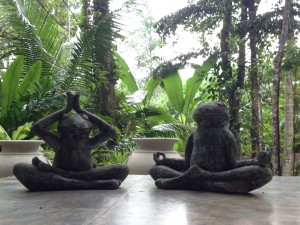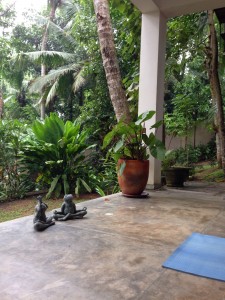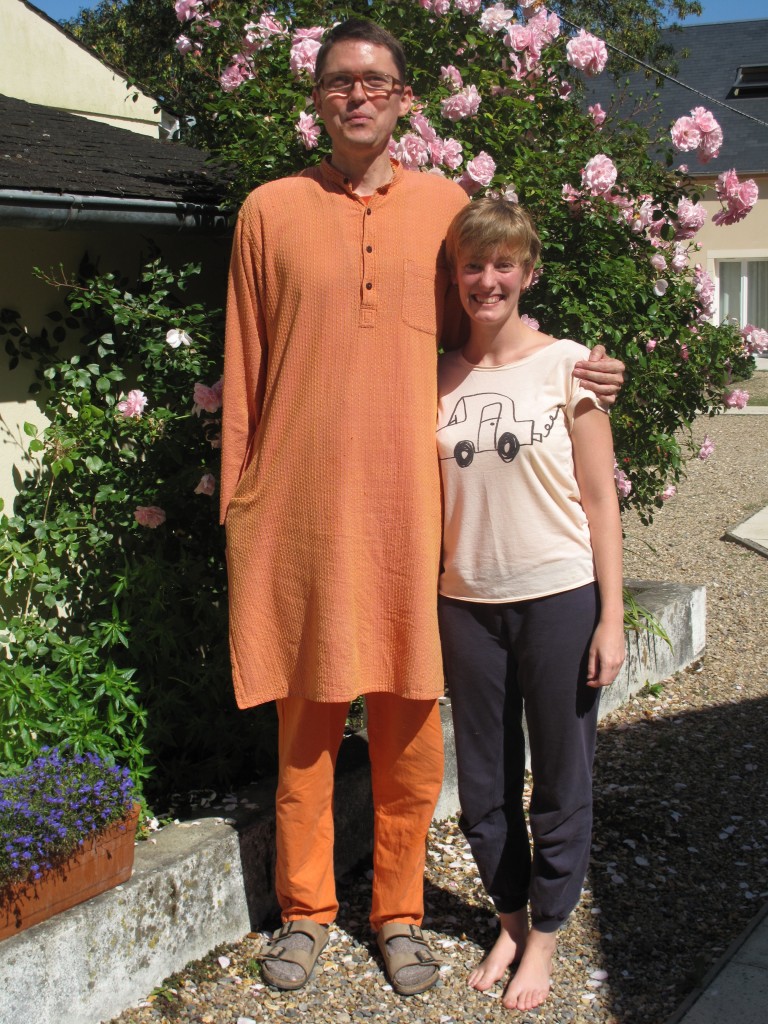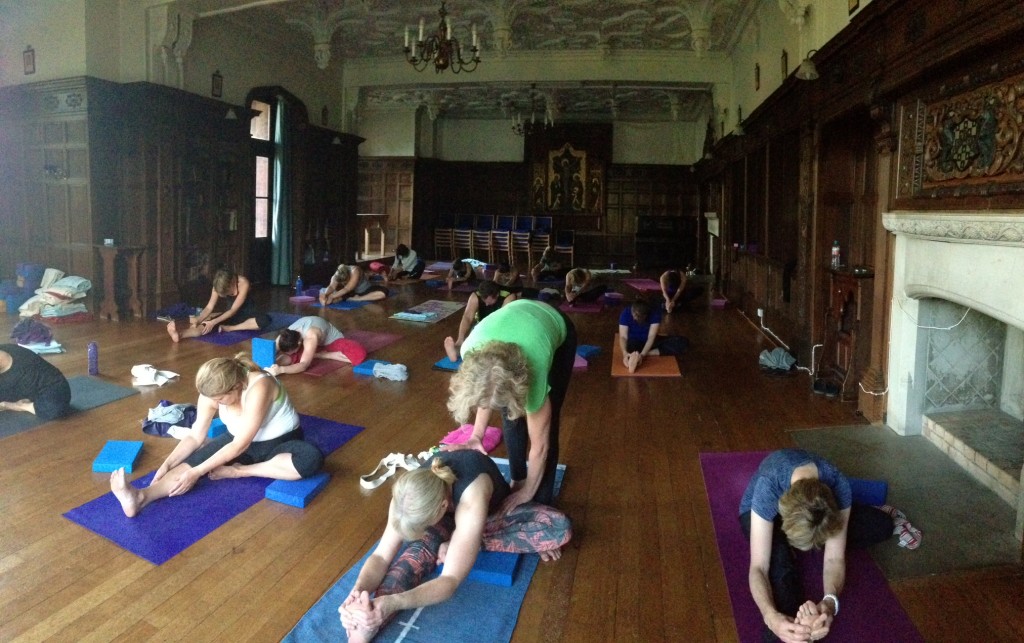You never want a holiday to start with a text from your airline saying that your flight’s been cancelled. And particularly when it’s a flight that a group is booked on.
That’s what happened to us a few days before departure for In Sabina yoga retreat near Rome but we didn’t let that put us off. As soon as we’d all arrived we got down to the serious business of relaxing, breathing, moving and being.
And In Sabina is an easy place to be. With fantastic food, beautiful surroundings and little nooks to while away the hours, we settled in very quickly.
I enjoyed practicing morning Mysore under Cathy’s watchful (aka hawk) eye. She split the group of 12 in two with staggered start times allowing for personal tuition. She beat a few naughty habits out of me on day one (“You can cut that out right now…”).

Teaching afternoon yin yoga for two hours on the platform was simply bliss. Rachel placed her eyebag over her sunglasses which I found highly amusing and I gained an unexpected teaching assistant.

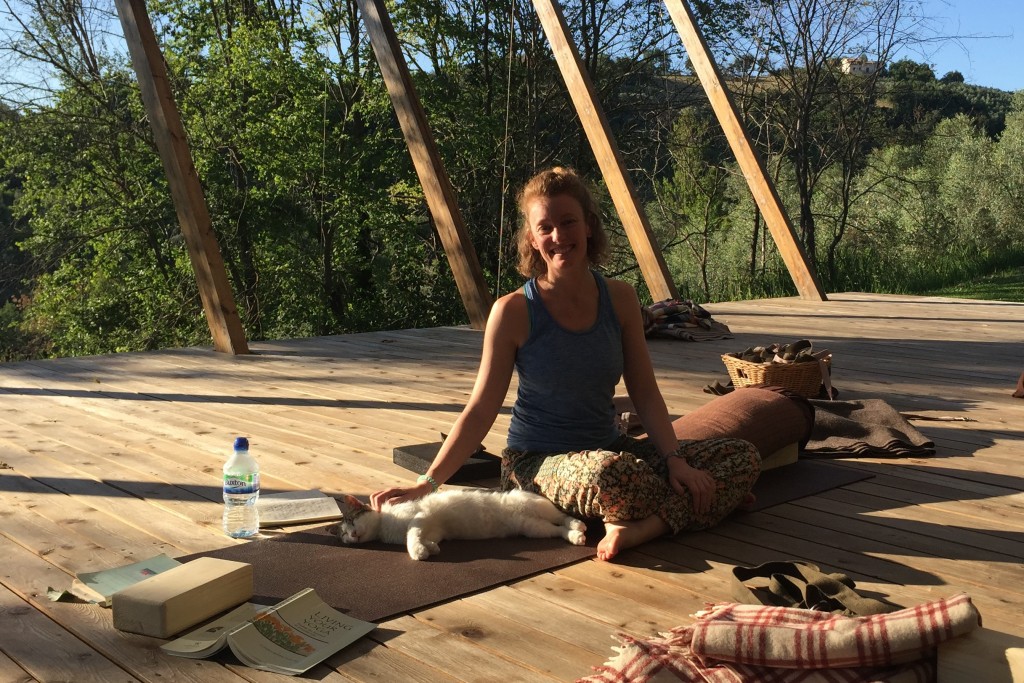
I gave people the chance to experience some AcroYoga one afternoon and we spent an evening chanting whilst watching the sun go down.

Between the end of brunch and yin, we relaxed some more. Richard and Martin’s favourite spot was poolside, while Claire was intent on moulding a shady red hammock to her exact body shape. Massages, walks into town, a trip to a waterfall and an olive oil tour were all had.

On the final night we had dinner in nearby Casperia, an 11th century hill town. We sat outside admiring never-ending views over Italian countryside. For dessert, Celia ordered a black man drowned in coffee and ice cream. Apparently ‘nero’ and ‘negro’ mean quite different things in Italian.
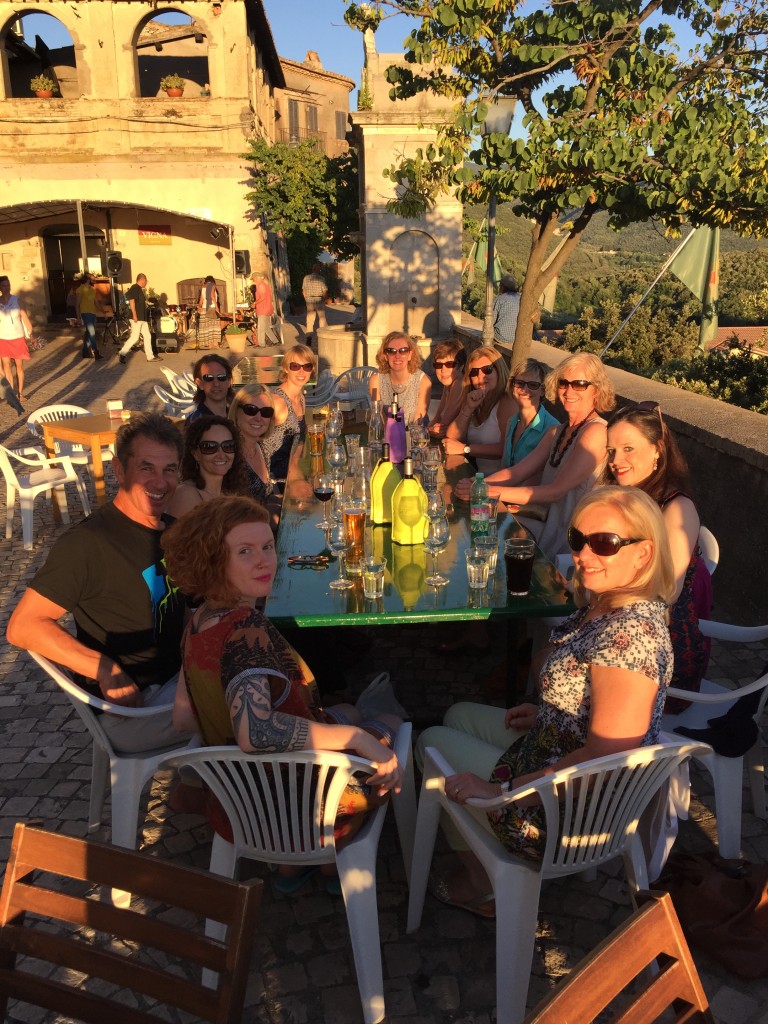
Thank you to all who came and made it a wonderful and memorable experience. Both Cathy and I enjoyed it very much.
Unfortunately In Sabina is fully booked for 2016 but we’re looking at going to Morocco for a yoga holiday next May/June. We’ll announce more details when available. If you’re interested, let me know.
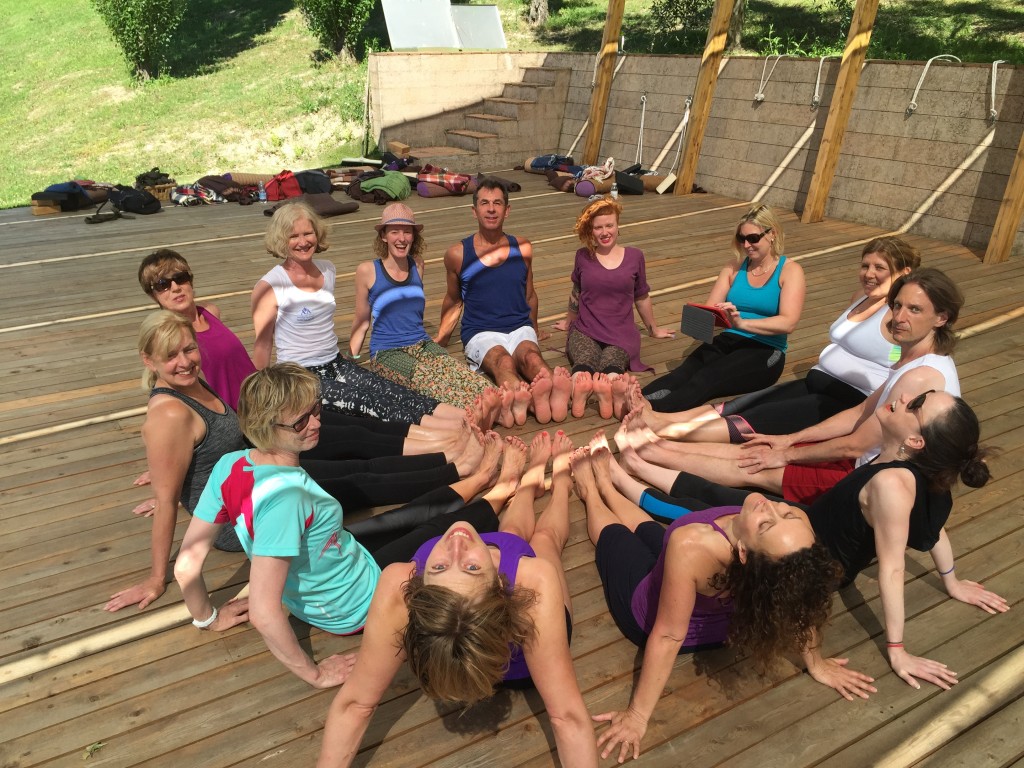
Italy yoga holiday feedback
Clare and Cathy, both your classes had everything and more to help develop my practice. I loved the place and the unique group of lovely people.
Thank you so much for all the effort and expertise you put into both planning and teaching. Easily the best yoga retreat I have experienced!
Di piu per favore!
Martin
Thank you Cathy and Clare for organising a wonderful week. I’ve been on a few of these types of things now and thought this one topped them all! The yoga teaching was amazing and I feel I have come on leaps and bounds (although that sounds a little aggressive for yoga progress!)
Wonderful week made possible by an amazing group of people. ‘Til we meet again… pause, breathe and smile.
Elaine
A very positive week – except I’ve managed to gain three pounds, which I guess is positive feedback for Jessica’s cooking in itself!
Rachel
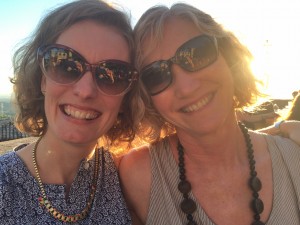


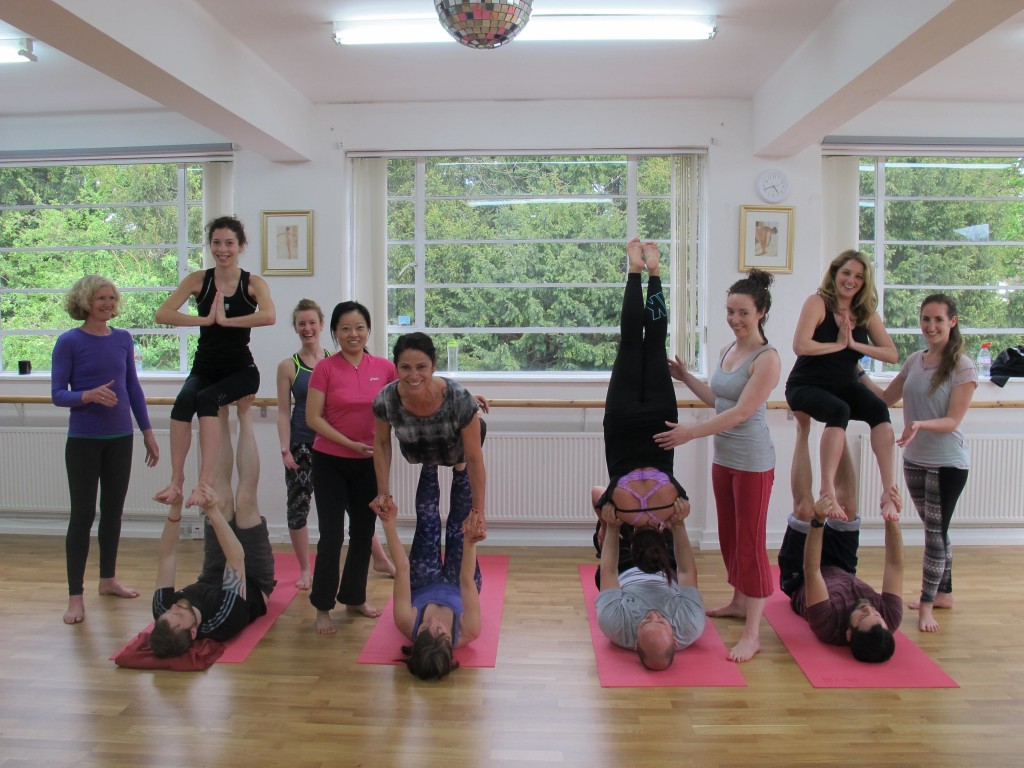
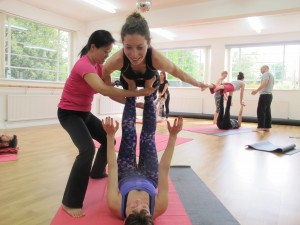
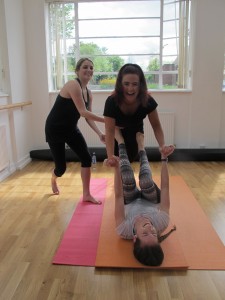
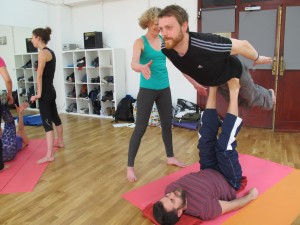
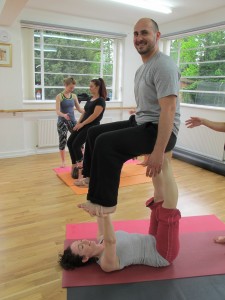
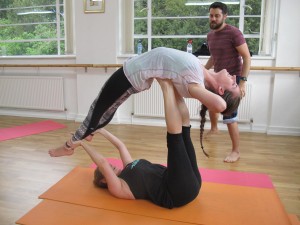
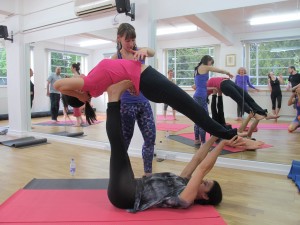
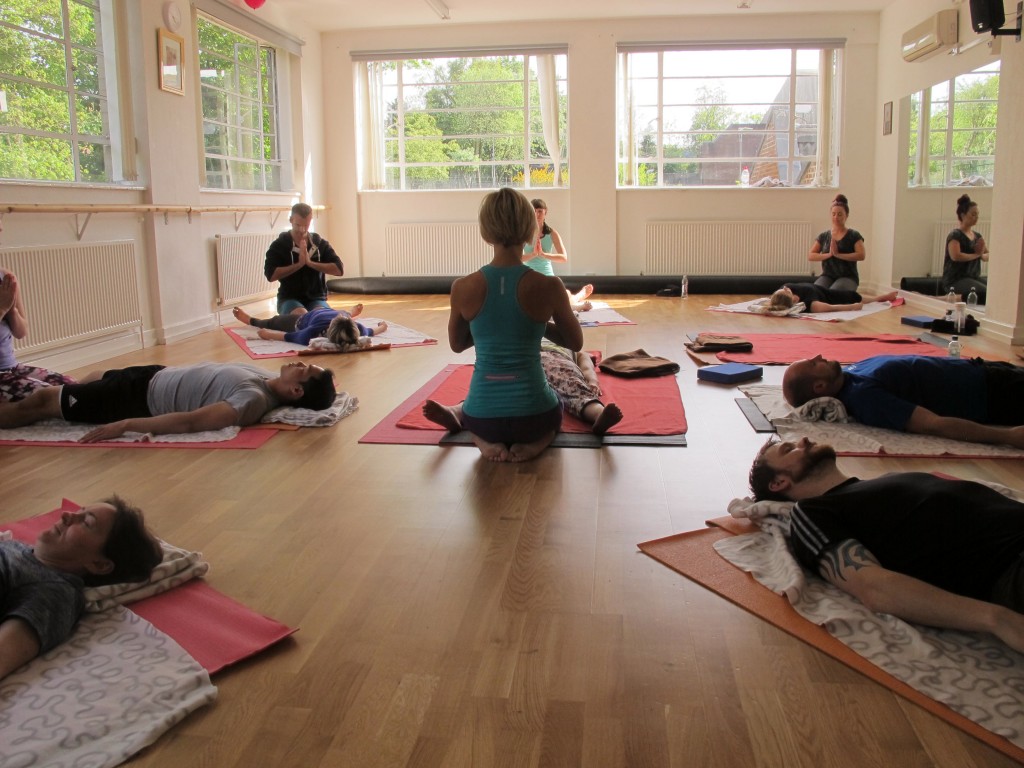
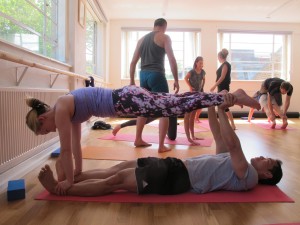

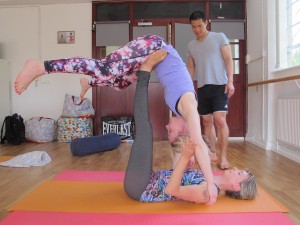







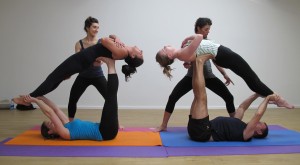

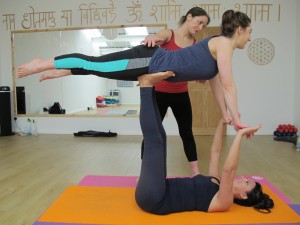
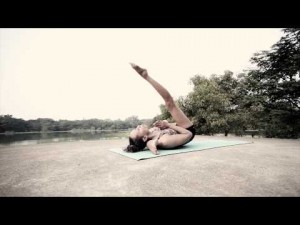 Now don’t take this the wrong way but I’m bored.
Now don’t take this the wrong way but I’m bored.
